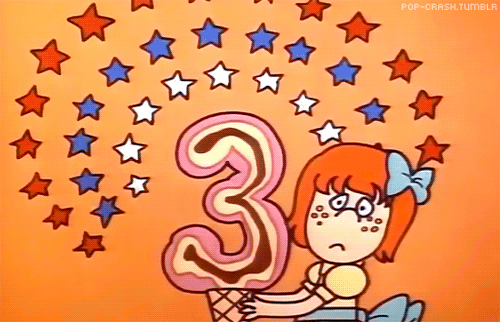Three Is a Magic Number
- Jackie Bradbury

- Nov 5, 2018
- 3 min read
In the version of the Filipino Martial Arts I've been taught, the number three comes up a lot.
It comes up so often that the most common symbol used in the FMA's is the triangle. We used it in our own logo for our old recreation center program, Mid-Cities Arnis. We also considered various words for the number "three" when we named our school, but didn't come up with a combination we liked ("Triad" Martial Arts sounded a little shady, y'know?)
The reason the triangle is used varies, but mostly it represents the standard footwork we use - the male and female triangle.
Datu Tim Hartman explains here:
We often will play with various "three" based concepts when we're training. Everything from the base sumbrada (which has three "main" beats, 3-8-12 or 1-4-12), to common sinawali patterns, and to the "mother" of three-based concepts we have, the alternating hands.
Let's explore one big-time concept, the alternating hands, and all the "threes" it has.
We'll start with a foundation drill we use, brush-grab-strike.
This is where you take the lead hand and brush the incoming punch, the rear hand follows it and grabs/traps/holds the strike, and the lead hand then strikes the opponent. It's such a foundation idea that our first form, Anyo Isa, begins with brush-grab-strike.
Brian Johns explains more about this here:
It is a key drill and technique from Modern Arnis, and something we do all the time.
Put two sticks in your hands, and brush-grab-strike becomes Redondo (or redonda - I was taught the word "redondo" but I think both terms are used depending on which FMA system you are in).
Here's me doing this drill "four sides".
See it? Lead hand, rear hand, lead hand.
Change the plane (from horizontal to vertical), and it becomes double sinawali - play with the targets, and you get Heaven 6, Double Sinawali Standard (or Middle), and Earth 6.
In this video they are playing "Middle", or standard Double Sinawali:
The reverse of this - rear hand blocks, lead hand blocks or traps, rear hand strikes - is one of our "defensive responses" my teacher teaches, which comes from Kombatan. We sometimes call this "double tap" to differentiate it from brush-grab-strike (think of it as the "mirror" to brush grab strike).
Adjust "double tap" just a tad, making the second strike more of a pass, and you get basic hubad-lubad, or trapping hands.
Here is a video of my teacher, Mark Lynn, working with us in class on using hubad-lubad as a foundation drill, and then finding opportunities to interrupt the flow.
Put a stick in each of our hands in this basic hubad-lubad pattern, and it becomes what we call our Defensive Response #5 (another drill straight from Kombatan). Same side block, pass with the other hand, and then strike with the original blocking hand.
Use a single stick, and our drill becomes block-check-counter.
Here's Bruce Chiu teaching block-check-counter.
Guess what? You can do block-check-counter empty handed, too!
Here's Remy Presas, the founder of Modern Arnis, explaining it:
I listed, what, six drill sets using alternating hands? SIX. That's just skimming the surface of what's there - there's a lot more, more than I can squeeze into a blog post.
There are tons of other "three" concepts in Arnis, but as you can see, just this single idea of three strikes alternating hands contains tons of material to work from. From this foundation, then you start adding in other things, additional strikes, etc.
In the Filipino Martial Arts, three is truly a magic number!
How does the number "three" come up in your training? Let us know in the comments!





Comments